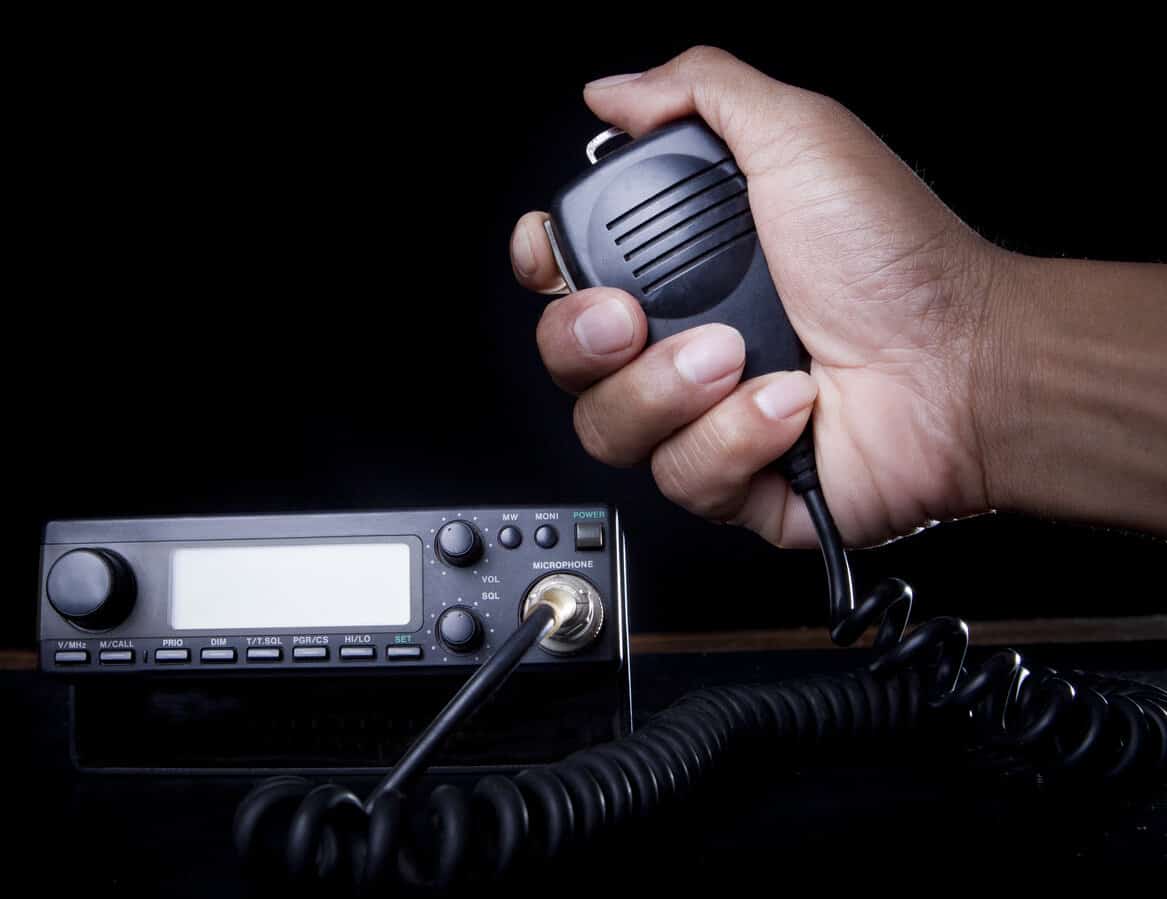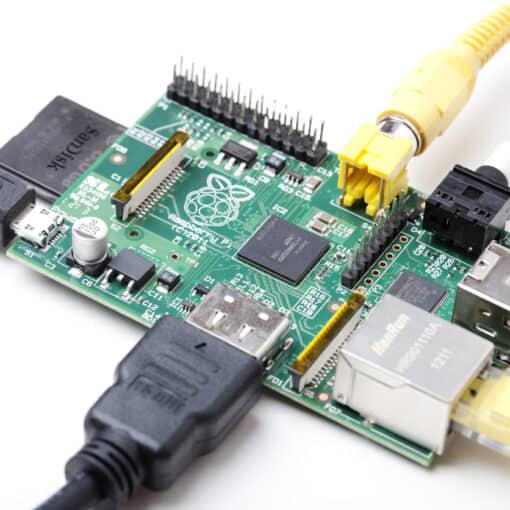Advanced Operating Techniques for Experienced Ham Radio Operators are essential for those who want to improve their communication capabilities. Ham radio operators are always on the lookout for ways to improve their skills and knowledge. One of the biggest challenges they face is dealing with Radio Frequency Interference (RFI) and noise. This article will explore some of the advanced techniques that experienced ham radio operators can use to improve their communication capabilities.
One of the most critical aspects of operating as an advanced ham radio operator is to have a deep understanding of on-the-air practices and explore some new topics. Whether you are an Extra or General class operator, you will have a wider variety of experiences and opportunities on the air as you gain more experience on the bands. This article will provide a comprehensive guide to help experienced ham radio operators to take their skills to the next level.
The article will cover various topics, including mastering RFI and noise reduction, revolutionizing ham radio with DSP techniques, and other helpful operating hints and tips. Additionally, it will provide information on upcoming classes in your area to help you prepare for your exam and get licensed to operate legally. By following the advanced techniques and tips provided in this article, experienced ham radio operators will be able to communicate over long distances with improved clarity and reliability.
Advanced Operating Techniques
Experienced ham radio operators are always looking to improve their operating techniques. There are several advanced techniques that can help operators achieve better communication and more efficient use of their equipment.
CT and VOX
CT (Carrier Talkover) and VOX (Voice Operated Switch) are two techniques that can be used to improve communication efficiency. CT allows an operator to automatically switch between transmitting and receiving modes, while VOX allows an operator to transmit without manually pressing the push-to-talk (PTT) button on their microphone.
Both of these techniques require careful setup and calibration to work effectively. CT must be set to the correct carrier level to avoid distortion, while VOX must be adjusted to the operator’s voice level to avoid false triggering.
Filtering and Modulation
Filtering and modulation are two important techniques for improving signal quality. Filtering involves removing unwanted signals and noise from a received signal, while modulation involves adjusting the strength and characteristics of a transmitted signal.
There are several types of filters that can be used, including low-pass, high-pass, band-pass, and band-reject filters. Each type of filter has its own advantages and disadvantages and should be selected based on the specific needs of the operator.
Modulation techniques include amplitude modulation (AM), frequency modulation (FM), and single sideband (SSB) modulation. Each type of modulation has its own advantages and disadvantages and should be selected based on the specific needs of the operator.
AGC and ALC
AGC (Automatic Gain Control) and ALC (Automatic Level Control) are two techniques that can be used to improve signal quality and reduce distortion. AGC adjusts the gain of a received signal based on its strength, while ALC adjusts the strength of a transmitted signal based on its level.
Both of these techniques require careful calibration to work effectively. AGC must be set to the correct time constant to avoid distortion, while ALC must be adjusted to the correct level to avoid overdriving the transmitter.
By using these advanced operating techniques, experienced ham radio operators can achieve better communication and more efficient use of their equipment.
Radio Communication
Experienced Ham Radio Operators have the knowledge and expertise to communicate with other operators around the world using a variety of techniques. In this section, we will discuss some advanced techniques that can be used to enhance your radio communication skills.
Frequency and Satellites
One of the most important aspects of radio communication is understanding frequency and how it impacts your communication. Experienced operators know how to select the right frequency for their communication needs and how to avoid interference from other signals. They also know how to use satellites to their advantage to communicate over long distances.
Interference and Repeaters
Interference can be a major problem when communicating over radio. Experienced operators know how to identify sources of interference and how to minimize its impact. They also know how to use repeaters to enhance their communication capabilities. Repeaters are devices that receive a signal on one frequency and retransmit it on another frequency, allowing operators to communicate over longer distances.
RTTY/Data and IDs
RTTY/Data is a technique used to transmit data over radio. Experienced operators know how to use this technique to send and receive data such as weather reports, news, and other information. They also understand the importance of proper identification when communicating over radio and know how to use their call signs to identify themselves and their location.
In summary, Experienced Ham Radio Operators have a wealth of knowledge and expertise when it comes to radio communication. They understand frequency and how to use it to their advantage, they know how to avoid interference and use repeaters to enhance their communication capabilities, and they know how to use RTTY/Data and proper identification to communicate effectively. By mastering these advanced techniques, operators can take their communication skills to the next level.
On the Air
Experienced ham radio operators know that there is much more to operating than just pushing buttons and turning knobs. Whether you prefer phone or CW, SSB or FM, there are advanced techniques that can help you make more contacts and enjoy your time on the air.
Phone and CW
When operating with voice (phone) or Morse code (CW), it is important to remember that you are communicating with other people. This means that you should always be courteous, use proper operating procedures, and avoid causing interference to other stations.
One technique that can be useful when operating phone or CW is to listen carefully to the other station. By paying attention to their signal strength, audio quality, and other factors, you can adjust your own settings to improve the quality of the contact. This can help you make more contacts and improve your overall operating skills.
SSB and FM
Operating on Single Sideband (SSB) or Frequency Modulation (FM) requires a different set of skills than operating on CW or phone. One important technique for SSB and FM is to make sure that your signal is properly tuned and adjusted for the frequency you are using. This can help you avoid causing interference to other stations and improve the quality of your contacts.
Another technique that can be useful for SSB and FM operators is to use a directional antenna. By focusing your signal in a specific direction, you can increase your chances of making contacts with stations in that direction. This can be especially useful for DX (long-distance) contacts.
Antennas and Contacts
No matter what mode or frequency you are operating on, your antenna is one of the most important factors in making contacts. By using the right type of antenna and adjusting it properly, you can improve the quality of your signal and make more contacts.
One technique that can be useful for antenna adjustment is to use an antenna analyzer. This tool can help you measure the performance of your antenna and adjust it for maximum efficiency. Additionally, by using a directional antenna, you can focus your signal in a specific direction and increase your chances of making contacts with stations in that direction.
In conclusion, advanced operating techniques can help experienced ham radio operators make more contacts and enjoy their time on the air. Whether you prefer phone or CW, SSB or FM, there are techniques that can improve your operating skills and help you communicate effectively with other stations. By using the right equipment, adjusting your settings properly, and following proper operating procedures, you can become a more skilled and successful ham radio operator.
Licensing and Educational Resources
Experienced ham radio operators understand the importance of staying up-to-date with licensing requirements and educational resources. Whether you are looking to upgrade your license or simply expand your knowledge base, there are many resources available to help you achieve your goals.
Licensing
The Federal Communications Commission (FCC) is responsible for regulating the amateur radio service in the United States. To operate a ham radio legally, you must hold a valid amateur radio license issued by the FCC. There are three classes of licenses available: Technician, General, and Amateur Extra. Each class of license grants additional operating privileges and requires passing a corresponding exam.
To prepare for the exam, many operators turn to educational resources such as the ARRL Ham Radio License Manual or the HamRadioPrep.com study guide. These resources provide comprehensive coverage of the exam material and include practice questions to help you prepare.
Educational Resources
In addition to licensing requirements, there are many educational resources available to help you improve your skills as a ham radio operator. The American Radio Relay League (ARRL) offers a wide range of learning programs, including online courses, webinars, and in-person training sessions.
CQ Magazine is another excellent resource for experienced operators. This publication covers a wide range of topics related to ham radio, including DXing, contesting, and technical articles. Subscription to CQ Magazine is available both in print and digital formats.
NASA’s Amateur Radio on the International Space Station (ARISS) program is another unique educational opportunity for experienced operators. This program allows operators to communicate with astronauts aboard the International Space Station using amateur radio equipment.
Finally, the Public Service Honor Roll (PSHR) is an excellent way for experienced operators to give back to their communities while honing their skills. The PSHR program encourages operators to participate in public service events, emergency communications exercises, and other activities that help promote the use of amateur radio in public service.
Questions?
If you have questions about licensing or educational resources, the ARRL and other ham radio organizations are excellent resources to turn to. They can provide guidance on licensing requirements, exam preparation, and other topics related to ham radio.





